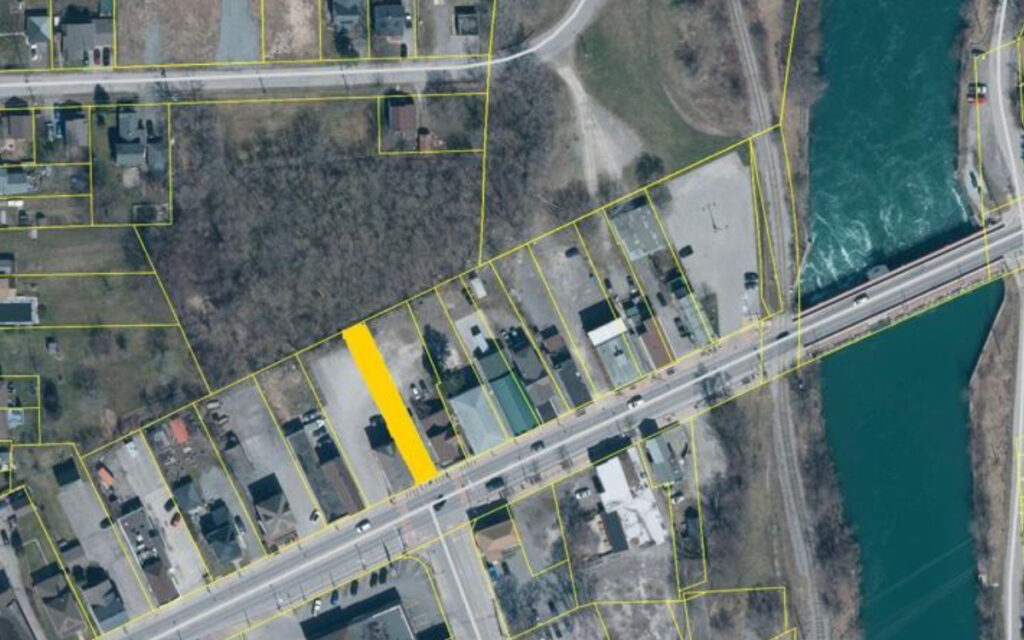
The Tax Increment Grant (TIG) Program, which was used to approve the property tax deferral for these two sites, can be used for new housing projects for up to 10 years following the project’s completion. Photo Credit: City of Port Colborne.
The city of Port Colborne will provide tax deferral grants to two new rental developments to help spur housing construction growth.
The decision was made by city councillors at its Jan. 23 council meeting.
The policy change means that 80 per cent of the property tax increases that would have been imposed on the developer after construction boosts the value of the land will be delayed for a period of 10 years.
One property is located at 225 Main Street West and the other is located at 290 Catharine Street.
The Main Street property will see four existing units renovated and two new residential units added.
The Catharine Street property is currently vacant but its owner plans to build a 16-unit rental.
The Main Street property’s municipal tax bill would have increased from $2,122 to $17,831. Instead, the property tax rate after reassessment will begin at $2,141.
The total deferral cost to the city and the regional government for the Main Street project is estimated at $219,082 over the 10-year period.
The property on Catharine Street will enjoy similar relief. Its Port Colborne property tax rate is presently $1,138 and would have increased to $32,899. However, with the deferral program it will begin at $6,350 after reassessment.
The total deferral cost to the city and regional government for the Catharine Street project is estimated at $442,800.
Both tax deferral measures were recommended by city staff, including the city’s economic development officer, Bram Cotton, and its manager of strategic initiatives, Gary Long.
In recommending the tax deferral arrangement for the Main Street property, city staff noted that the addition of rental housing units at the proposed location would “increase housing stock, density, and walkability to local restaurants and shopping.”
A similar rationale was offered for the Catharine Street proposal.
The Tax Increment Grant (TIG) Program, which was used to approve the property tax deferral for these two sites, can be used for new housing projects for up to 10 years following the project’s completion. Eighty per cent of property taxes are deferred in that case.
If the housing is assessed to qualify as affordable rental housing units, the tax deferral increases to 100 per cent.
For developers to take advantage of the TIG, they have to sign agreements with the city promising to deliver on specific outcomes.
The TIG program is one element of the city of Port Colborne’s community improvement plan. The most recent version of the community improvement plan was approved last November.
There are also special tax measures available through the newest community improvement plan for encouraging industrial development and reducing development charges.
The federal and provincial governments also offer incentive-based programs, but the only tax breaks in these two cases are coming from Port Colborne and the Niagara Regional governments.

Jay Goldberg is the Ontario Director at the Canadian Taxpayers Federation. He previously served as a policy fellow at the Munk School of Public Policy and Global Affairs. Jay holds a Ph.D. in Political Science from the University of Toronto.




















